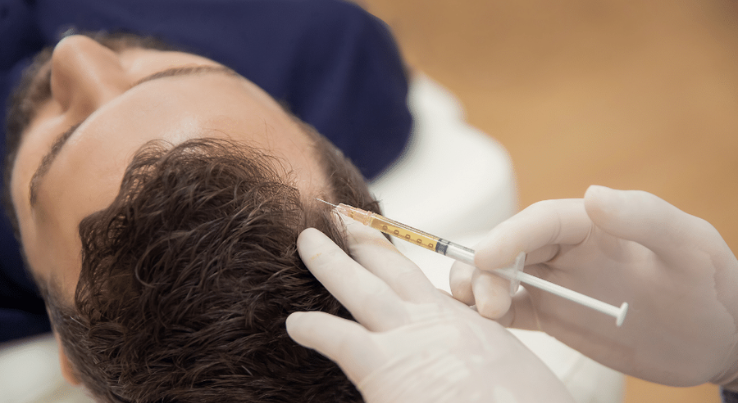
Regaining confidence through advanced hair restoration treatments involves a combination of practical steps and mental shifts. Here's a guide:
Explore advanced hair restoration treatments available today. This could include hair transplant surgeries, PRP (Platelet-Rich Plasma) therapy, laser therapy, or medications like finasteride or minoxidil. Understand the pros and cons of each method and consult with specialists to determine the best option for you.
Uses your own blood's platelets to stimulate hair growth and improve hair health.
Low-level laser therapy (LLLT) stimulates hair follicles to promote growth.
A cosmetic tattooing procedure that mimics the appearance of fuller hair.
Minoxidil: A topical treatment that promotes hair growth.
Schedule consultations with hair restoration specialists. They can assess your specific situation and recommend personalized treatment plans. During these consultations, ask questions, express concerns, and ensure you have a clear understanding of what to expect from the chosen treatment.
Understand that hair restoration treatments can yield varying results depending on factors like the extent of hair loss, individual biology, and the chosen treatment method. While advanced treatments can significantly improve hair density and quality, they may not fully restore your hair to its original state. Setting realistic expectations can prevent disappointment and help you appreciate the progress achieved.
Many hair restoration treatments require consistency and commitment for optimal results. Whether it's attending multiple sessions of PRP therapy, taking prescribed medications regularly, or following post-surgery care instructions, staying committed to the treatment plan is crucial.
Hair loss can take a toll on self-esteem, but it's essential to maintain perspective and prioritize overall well-being. Engage in activities that boost confidence and reduce stress, such as exercise, meditation, hobbies, or spending time with loved ones.
Practice positive affirmations and self-talk to counter negative thoughts about your appearance. Remind yourself of your strengths, accomplishments, and the value you bring beyond physical appearance.
Experiment with hairstyles and grooming techniques that complement your current hair situation. A skilled hairstylist can suggest cuts and styles that create the illusion of fuller hair while you undergo restoration treatments.
Surround yourself with supportive friends and family who uplift and encourage you throughout your hair restoration journey. Sharing your feelings and experiences with trusted individuals can alleviate feelings of isolation or self-doubt.
Keep track of your progress throughout the treatment process. Document changes in hair density, texture, and overall satisfaction. Celebrate milestones, no matter how small, to reinforce a positive outlook.
If feelings of low self-esteem persist despite efforts to regain confidence, consider seeking support from a therapist or counselor. They can help address underlying emotional concerns and develop coping strategies to navigate the challenges associated with hair loss.